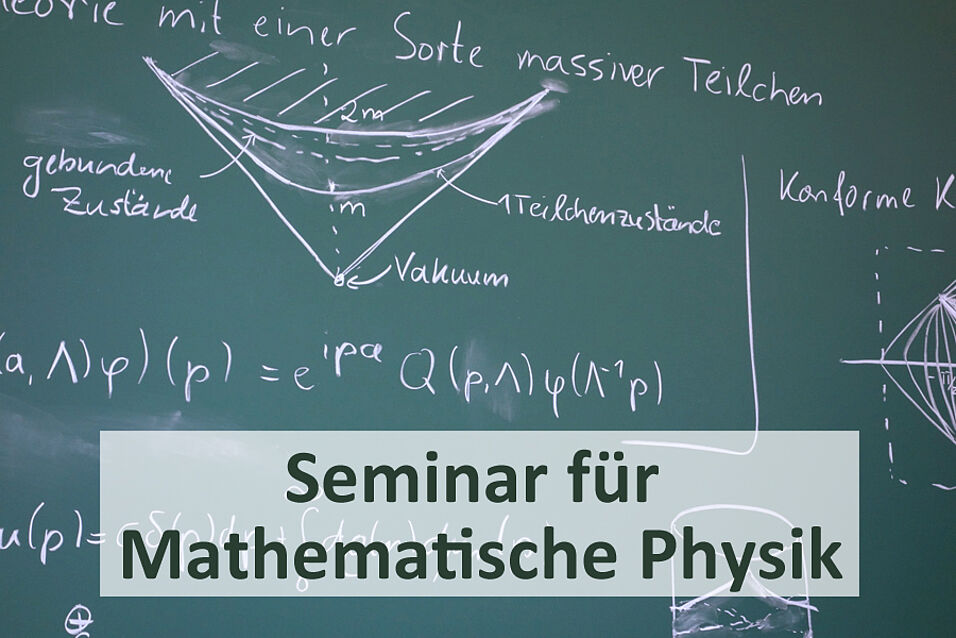After a brief introduction to the analog enterprise in general, and to Dirac materials in particular, I shall show how, when higher-order effects in the parameter $\ell/\hbar |p|$, related to the lattice spacing $\ell$, are considered, Dirac materials can be used as tabletop systems where generalized commutation relations are naturally realized. Such algebras, which lead to generalized versions of the Heisenberg uncertainty principle, are under intense scrutiny these days, as they could be the effect of a fundamental length scale of space. Despite the efforts and the many intriguing theoretical results, though, there are no experimental signatures of any generalized uncertainty principle (GUP). Therefore, our results here could be of interest to practitioners of the phenomenology of quantum gravity. We identify three different energy regimes that we call ``layers'', where the physics is still of a Dirac type, but within precisely described limits. With the goals just illustrated, we had to identify the mapping between the high-energy coordinates, $X_i$, and the low-energy ones, $x_i$, i.e., those measured in the lab. We obtain four natural generalized Heisenberg algebras, three for commuting $X_i$s, including $X_i = x_i$, and one for noncommuting $X_i$s. This last instance we found quite noticeable. I shall conclude by discussing a recipe for seeing all that in laboratories.
Alfredo Iorio (Prague): Shadows of new physics on analog systems, GUPs and other amusements

